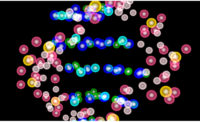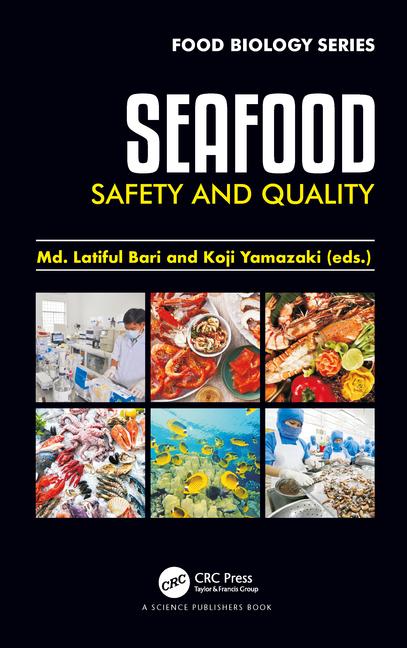The summer season is upon us, and thankfully there have been few E. coli O157:H7
outbreaks this year. In these quiet times, prudent establishments will review their food-safety programs in light of current information to ensure the programs are both effective and meet Food Safety and Inspection Service (FSIS) expectations.
A large percentage of establishments that process raw beef do not slaughter the animals but rely on their suppliers to prevent/eliminate contamination of the meat. Although slaughter establishments have made remarkable progress in E. coli O157:H7 control, purchasers of raw beef for use in ground or non-intact products should remember the old slogan: “Trust but verify.” FSIS expects no less.
At a minimum, a purchaser of beef to be used in raw ground beef or non-intact products needs to obtain a letter of guarantee from its supplier that the supplier’s HACCP plan includes a validated intervention to control E. coli O157:H7. This letter of guarantee should be subject to ongoing verification. Many slaughter establishments provide letters of guarantee, results of third-party audits, and their own verification sampling results on the Web. This information is updated frequently. The establishment should access the supplier material on the Web, thus providing ongoing verification.
In addition, the agency’s expectation is that the supplier’s product will be accompanied by a certificate of analysis (COA). If a COA is received, the establishment should make sure the COA is worth the paper it is written on (even if received electronically). The COA or other information provided from the supplier should specify: sample method (excision), sample size (375 g), lot size (5 or less combos), laboratory method (validated for the product being sampled and analytical sample size), and accreditation/proficiency of the laboratory analyzing the samples by that method.
Sometimes, it is not possible to obtain a COA, especially if the establishment is purchasing subprimals. In such a case, FSIS has identified four options the receiving establishment can employ:1
Test the incoming raw materials;
Trimming/Washing the product when removed from the package;
Testing finished product; or
Using antimicrobials or other lethality treatment and verifying the effectiveness of such treatments
Two of these options involve testing, two involve processing.
On the testing options, the extremely low incidence rate for subprimals makes finding positive product extremely difficult. Even if a positive is found, the still-open question is, what product is implicated by that positive? Given the limitations on testing, the process options may be preferable.
On the processing options, a recent Journal of Food Protection contains an article dealing with the effectiveness of washing/trimming in removing E. coli O157:H7 from subprimals.2 For high levels of contamination, a full trimming was the most effective. Please note that this study did not test antimicrobials; even the water for washing was at ambient temperatures, hot water was not used.
We all need to be asking ourselves, are our food-safety programs current? We have been fortunate this year, but remember, luck favors the prepared!
Dennis R. Johnson is a principal with Olsson Frank Weeda Terman Bode Matz PC in Washington, D.C. Johnson has 30 years experience in food-safety law and regulation, representing large and small meat and poultry companies.
Endnotes
1 FSIS Directive 10,010.1, Rev. 3, Chap VI, §§ II E-G at pages 55-57.
2 Lemmons, J., et al, 2011, Evaluation of Escherichia coli O157:H7 Translocation and Decontamination for Beef Vacuum-Packaged Subprimals Destined for Nonintact Use, J. Food Prot., Vol. 74, No. 7 at 1048.







Report Abusive Comment